World Space Week is an international celebration of science and technology. It begins on 4 October, with the anniversary of Sputnik I’s launch in 1957 and ends on 10 October, the date when the Outer Space Treaty was signed in 1967. The theme of this year’s World Space Week is ‘The Moon: Gateway to the Stars’.
Here at the Science Museum, we can learn about the global impact of space exploration through our galleries and exhibitions, immersive experiences and the objects in our collection . Here are some of our highlights.
A satellite launched by the soviet union
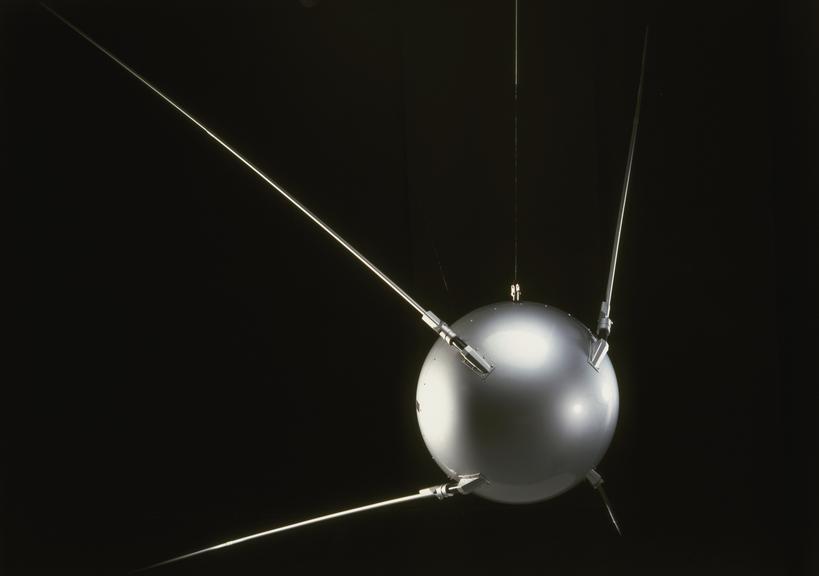
The start of Space Week coincides with the anniversary of the launch of Sputnik I. Launched by the Soviet Union on 4 October 1957 and designed by Sergei Pavlovich Korolov and Oleg Ivanovsky, Sputnik I was the first artificial Earth satellite. You can see this replica in our Exploring Space Gallery, where you can also see a full-scale replica of Eagle, the lander that carried Armstrong and Aldrin to the Moon in 1969.
A real piece of the moon
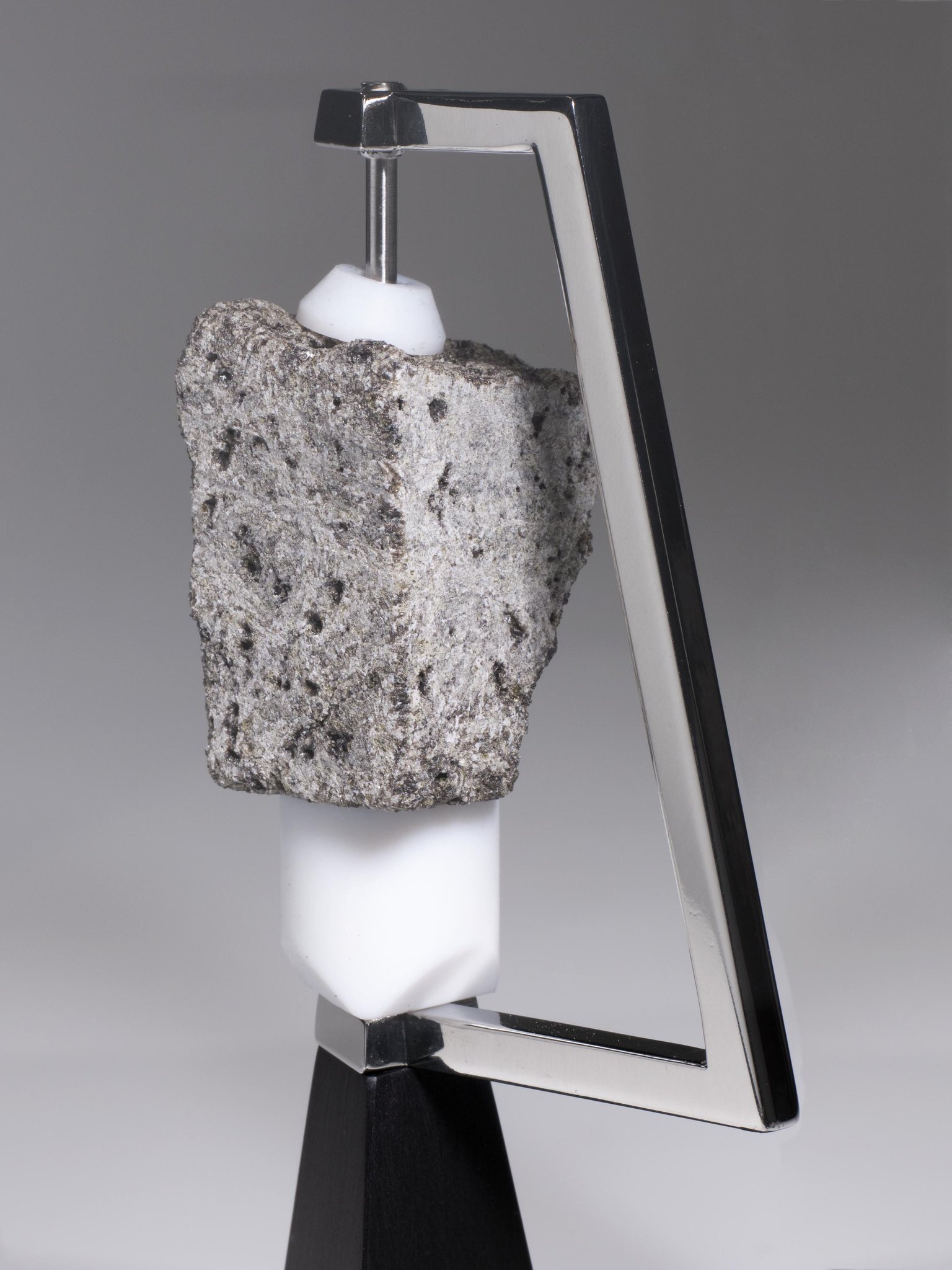
It is one small piece of almost half a tonne of rocks brought to Earth by the Apollo astronauts between 1969 and 1972. Our sample is part of one of the largest rocks collected: Great Scott, named after astronaut David Scott who picked it up off the lunar surface on August 2nd, 1971 during the Apollo 15 mission.
A Sundial from Persia
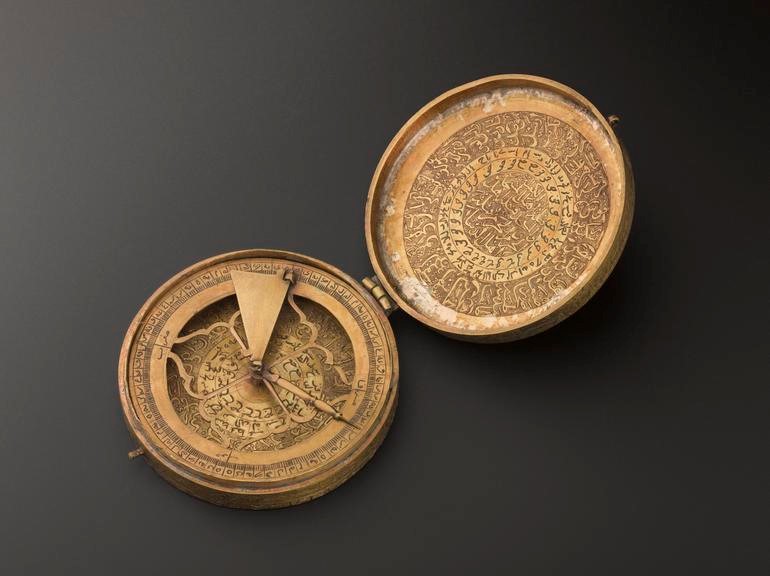
This portable brass sundial from our collection was made in Persia, modern-day Iran. It could be used to determine the time for prayers and also includes a compass, which meant that its user could align the sundial and find the direction of Mecca, or kiblah – the direction Muslims face during prayers.
The Sun is the centre of our solar system and by far the most important source of energy for life on Earth. With a mass approximately 330,00 times greater than the Earth, the Sun accounts for about 99.86% of the total mass of the Solar System. Through the exhibition and its objects, you can explore how the Sun has affected our environment, health and sense of time.
Apollo 10 command module
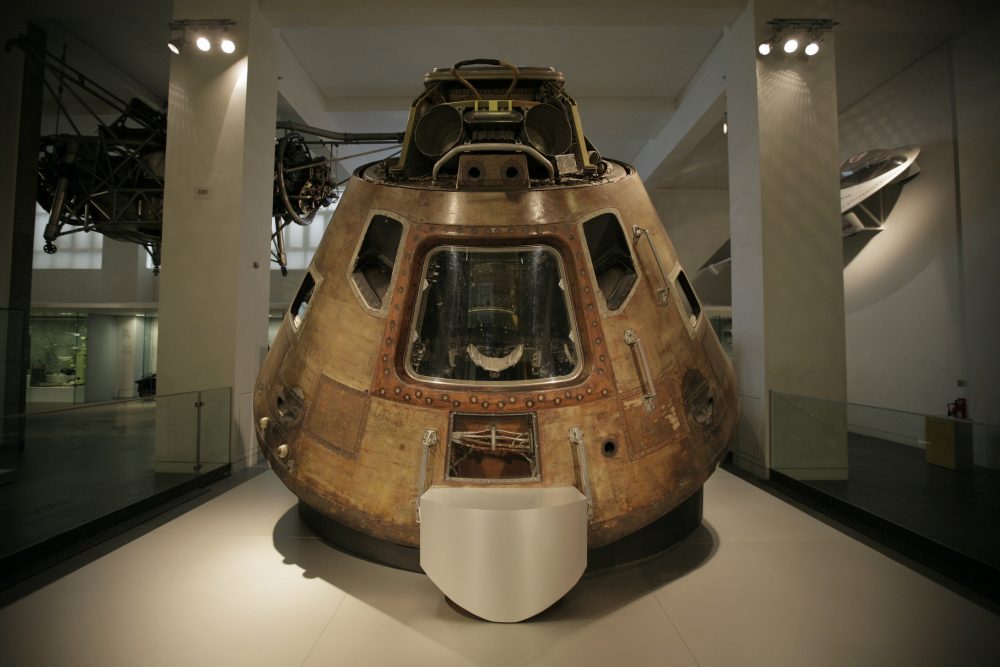
Image Credit: Science Museum/Science & Society Picture Library
You can find the Apollo 10 command module on display in our Making the Modern World gallery . In May 1969, this module launched astronauts Thomas Stafford, John Young, and Eugene Cernan, on a lunar orbital mission as a dress rehearsal for the Apollo 11 landing in July 1969.
The command module was the only part of the Apollo spacecraft to return to Earth, splashing down in the Pacific Ocean where the spacecraft and astronauts were recovered by helicopter and aircraft carrier.
An observatory From Jaipur
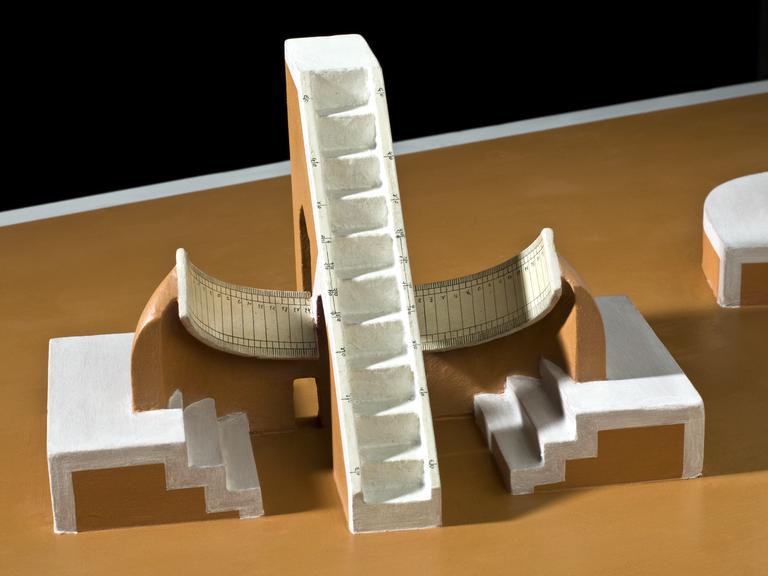
This is one of a series of models made 1884-6, showing the astronomical instruments of the Jaipur Observatory, India. Built of masonry the Jaipur instruments were used to accurately measure the position of the Sun, stars, moon and planets. Lacking telescopes these devices used naked eye sights and massive, but precise construction. Known as Rashnalaya (Zodical Dials), they were built and designed under the supervision of Maharajah Jai Singh II. Finding European, Islamic and Hindu astronomical tables inaccurate, Singh decided to make his own observations to improve matters. As ruler of Rajastan, he built several observatories starting in 1724 with one near Delhi. You can view this in more detail on our collection page.
Explore our collections page to see more space objects.
A European and Japanese mission
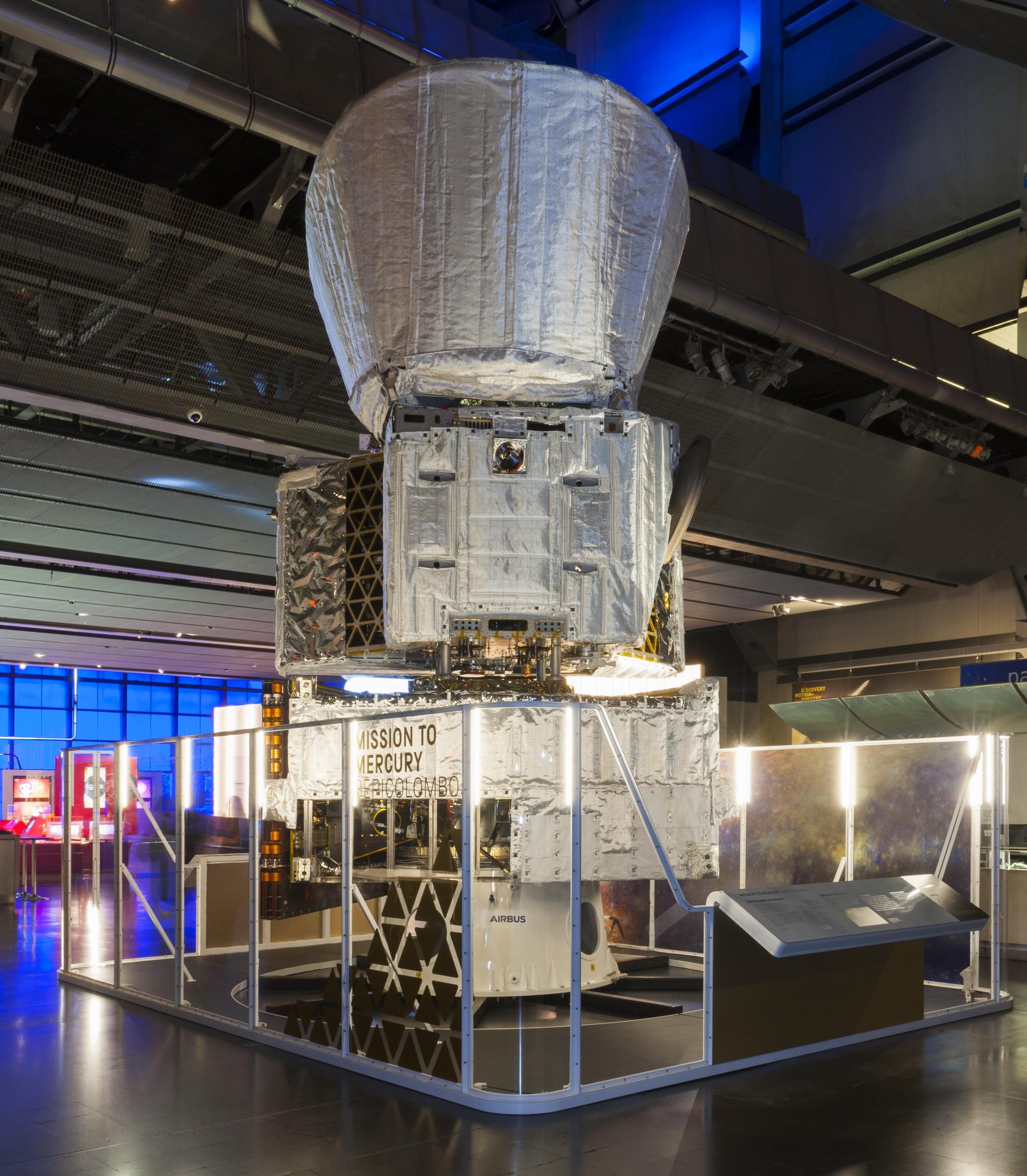
Featured in our Tomorrow’s World gallery, you can find the full-sized engineering model of BepiColombo, a joint mission to Mercury by the European Space Agency (ESA) and Japan Aerospace Exploration Agency (JAXA). The mission includes two satellites: the Mercury Planetary Orbiter – which alone was built in the UK, Germany and across Europe – and the Mercury Magnetospheric Orbiter, which will be launched together on 20 October 2018 from Kourou in French Guiana.
Soyuz TMA-19M descent module
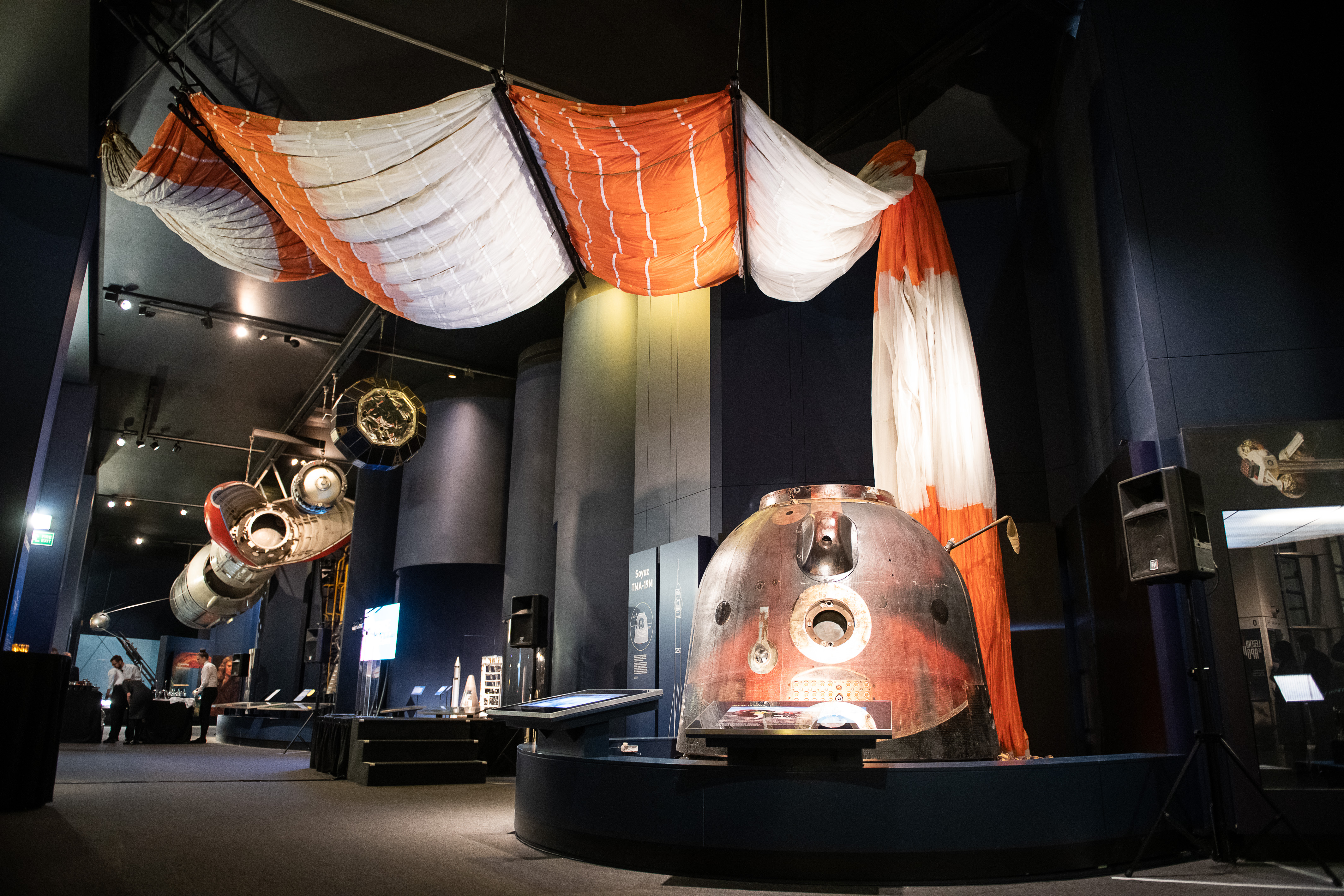
Our newest addition to the Exploring Space gallery, the Russian made Soyuz TMA-19M spacecraft was the first flown, human-rated spacecraft to be acquired by the United Kingdom. This is the actual spacecraft that took astronauts Yuri Malenchenko, Tim Kopra and Britain’s Tim Peake up to the ISS in 2015 and then returned them safely to the Earth the following year.
The International Space Station

If that isn’t enough for World Space Week, don’t forget about the International Space Station (ISS).
The ISS serves as a microgravity and space environment research laboratory in which crew members conduct experiments in biology, physics, astronomy, meteorology, and other fields of study. The station is suited for the testing of spacecraft systems and equipment required for missions to the Moon and Mars.
Float aboard the ISS in our IMAX Theatre with A Beautiful Planet 3D where you can witness humanity’s impact on the natural world from the awe-inspiring vantage point of space. Or retrace Tim Peake’s 400km journey from the ISS back down to the Kazakh steppe in Space Descent VR with Tim Peake, where you can get a 360 ° view inside a Soyuz capsule.
To find out more about space-themed activities at the Science Museum, click here.
This blog was updated on 4 October, 2019.